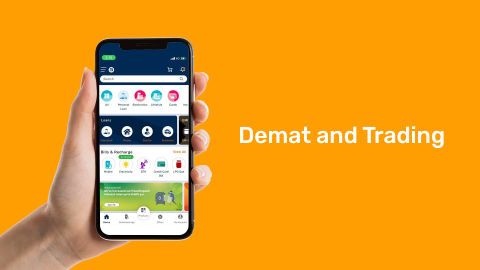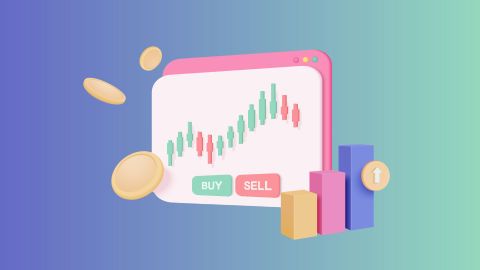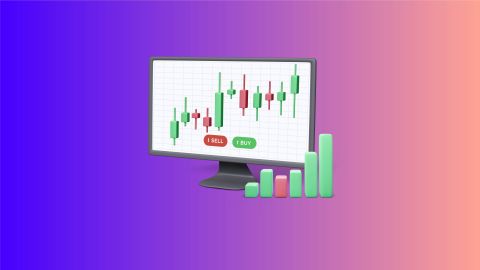How does leverage work in Forex trading?
Leverage in forex trading lets traders borrow funds from a broker to control larger market positions with a relatively small capital outlay. The trader provides a margin, while the broker covers the rest, forming a leverage ratio like 1:100. This amplifies potential gains if the market moves favourably but equally increases risk, as losses are also magnified. In adverse market conditions, significant leverage can result in a margin call, requiring the trader to deposit more funds to sustain the position. While leverage offers the potential for higher returns, it demands careful risk management to avoid substantial financial setbacks.
Relationship between Forex margin and Forex leverage
The required margin to open a trade depends on the leverage offered. With 50:1 leverage, you'd need 2% of the trade's value as margin. This means for every $1 in your account, you can open a position worth $50, allowing greater market exposure with limited capital.
Suggested read: Swing trading vs Day trading
Types of leverage ratios
Importance of leverage ratios: These ratios help evaluate a company's financial structure and how effectively it manages debt, offering essential insights into financial stability and risk exposure.
Debt-to-Equity Ratio: Measures the relationship between total debt and shareholders' equity. A higher ratio signals greater reliance on debt financing, indicating increased financial risk.
Debt Ratio: Calculated by dividing total debt by total assets, this ratio reveals the percentage of assets funded through debt. A higher figure suggests increased leverage and potential financial vulnerability.
Equity Ratio: Shows the proportion of assets financed by shareholders' equity. A higher ratio implies a lower reliance on debt, reflecting a more conservative financial approach.
How to calculate forex leverage?
After discussing what is leverage in forex, let us now look at the mathematical formula to calculate it. Using the forex leverage calculator is a great way to assess the capital requirements of opening a leveraged position. Calculating leverage and margins is an important part of planning trades. No matter how much paper trading practice you may have, crunching numbers to realistically understand your position is crucial as the risks in leveraged positions are very high. Below is the formula for calculating forex leverage:
Leverage = (Asset amount)/(Margin amount)
Check forex session time in India
Mitigate forex leverage risks
Now, you should understand what is leverage in forex and how risky opening and holding a leveraged position in the forex market is. It not only necessitates holding margin-level funds, but it also opens you up to the possibility of bigger losses. In addition, the forex market is also volatile in nature and prone to fluctuations. This necessitates relying on risk mitigation strategies like:
- Understanding risk and leverage: Firstly, it is essential to know and understand the leverage ratio and trading position that you are targeting, along with analysing the potential gains and losses. By being aware of your risk appetite, you can make an informed decision to take leverage positions that align with your financial goals.
- Employing risk management techniques: Learning and employing techniques to mitigate and manage risk is essential to trading in forex with leverage. Some of the most popular risk mitigation strategies include stop-loss orders that help you cut your losses and quickly exit the position if the forex market moves unfavourably and take-profit orders that are executed when the market moves in your favour.
- Diversification: Diversifying trading positions is a great way to minimise risk. This helps form a cushion to reduce the adverse impact of unfavourable movements in single trades.
- Regular monitoring: Even with all the mechanisms and strategies put in place, forex trading requires consistent monitoring and management. It is important to stay on top of the market trends and conditions to make the most effective trades.
Suggested read: Pair trading
Conclusion
Leverage in the forex market is a powerful tool that allows traders to amplify their positions, potentially leading to significant profits or losses. Understanding what is leverage in forex, forex margins, and the leverage ratio is essential for any trader looking to navigate the complex landscape of currency trading. Calculating leverage accurately and employing risk mitigation strategies such as using stop-loss and take-profit orders, diversifying trading positions, and regular market monitoring is critical for managing the inherent risks associated with leveraged trading. By learning these concepts and strategies, traders can minimise the risk and enhance their potential for success in the dynamic forex market.





